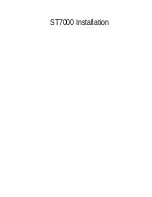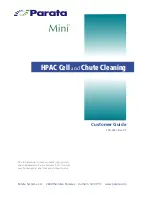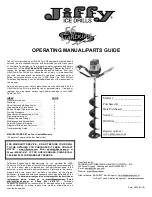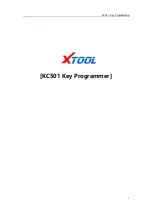
EML224N Operation and Installation Manual
SKIPPER
Electronics AS
Edition: 2020-22-05
Page 43 of 64
Chapter: 5. Start-up and system adaption
5. Start-up and system adaption
Analogue Outputs and Log Pulse Outputs Range Selection
From “
Fig. 2.9. Screen Status, Menu 2” on page 19
it is possible to set number of pulses per nautical
mile (p.p.n.m.) for the 3 available contact closure output channels (Ch):
Channel number Pulses per nautical mile
1
10, 100, 200 or 400.
2
10, 100, 200 or 400.
3
10, 100, 200, 400 or 1000.
(The selected value for each output is shown in status screen).
Minimum and max limits for the analogue outputs may be set to:
• Maximum speed -48/+48 knots corresponding to 10 V or 20 mA.
• Minimum speed -48/+48 knots corresponding to 0 V or 4 mA.
Language and Units of Measure
From status screen “
Fig. 2.11. Screen Status, Menu 4” on page 21
it is possible to select different
languages and units of measure for the screen and printer character strings.
The available languages are:
• English, French, Spanish, Russian, German and Norwegian.
Units of measure may be selected for:
• Vessel speed:
knots, km/h, miles/h, m/s.
• Distance:
nm, km, miles.
NMEA Setup
“Screen Com” is used for verification of received and control of transmitted NMEA messages on
XJ402. The baud rate may be set to 1200, 2400, 4800, 9600, 19200, 38400, 57600 and 115200,
4800 being the more common. When a NMEA talker is connected to one of the EML224 inputs, all
received messages will be displayed on the screen. If no messages are displayed, check the signal
polarity and the baud rate.
Fig. 5.1 9 Pin D-Type NMEA connector XJ402 in cabinet front
NMEA IN: Pin 1-2, RCV1 A, B
NMEA IN: Pin 6-7, RCV2 A, B
NMEA OUT: Pin 4-5, XMT1 A, B
NMEA OUT: Pin 8-9, XMT2 A, B
Note:
Connector
seen from outside.
















































